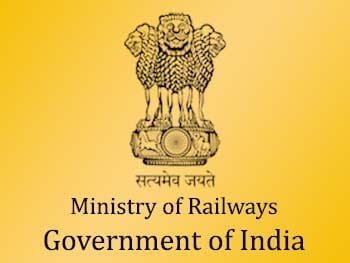– Surabhi Arora –
 Although the Goods and Services Tax (GST) rates have already been finalised on most of the goods and services, calculating the real impact appears a mammoth task especially for the under-construction properties. The GST is aimed to reduce the tax complication and the overall burden of the double tax burden from the economy. Thus, ideally, it should not lead to the increase in the cost to the buyers.
Although the Goods and Services Tax (GST) rates have already been finalised on most of the goods and services, calculating the real impact appears a mammoth task especially for the under-construction properties. The GST is aimed to reduce the tax complication and the overall burden of the double tax burden from the economy. Thus, ideally, it should not lead to the increase in the cost to the buyers.
Under the tax regime, many of the construction materials are under 18 and 28 percent slab. For example, steel and steel products are mostly in 18% segment and cement; prefabricated structural components for building or civil engineering are in the 28% slab. However, as the input tax credit is available, the overall tax incidence should be neutralised. For example, according to an official release the packaged cement currently subject to central excise duty of 12.5% + Rs.125 PMT and standard VAT rate of 14.5%. Over and above, there is central sales tax, octroi, entry tax that varies state to state. The total tax burden is calculated at 30 to 31%, which is 2-3 percent more than the proposed GST rate for cement. If we apply the same logic to the all the goods, probably the tax incident will come to a lower side.
The construction of a complex building, civil structure, or a part thereof, intended for sale to a buyer, wholly or partly is subject to 12% tax with full input tax credit (ITC) subject to no refund in case of overflow of ITC. Thus, the basic construction cost may come down a little, but as the input tax credit is limited to 12%, there may not be much saving in the high-end specification construction. More clarity will come in coming days, as it is still not clear that what would be the abatement available for the land cost for calculating service tax on under construction projects. In addition, as currently, states have different state-level tax the implication of GST may not be uniform across states. Thus, from a cost perspective, more clarity is required about the applicability of tax credits on various transactions. It is too early to say whether implementation of the GST will actually cool down the prices in the commercial and residential segments for the buyer.
Whatever the implication on cost, for a developer, the key challenge will remain the implementation of GST for at least 6 to 9 months. With Real estate development and regulation Act (RERA) is under implementation as well, developers would need to focus much more on streamlining their processes, and this may affect the supply adversely in the short term. Already the numbers of launches have come down significantly in last three years. In 2016, the numbers of launches were only about 90K in the main cities and it was about 30% less than the previous year. If there is the proper application of the credit utilisation mechanism, then the developers should be able to obtain credit for various taxes paid on inputs, which will eventually reduce their overall costs. Whether the real tax incidence will be lower or higher will be clear in some time, the question for the buyer will remain whether the developer will pass the saving to the consumer in the form of price correction or not despite anti-profiteering clause because it may be difficult to monitor in real time.
Having said that, despite initial teething issues, the implementation of the Goods and Sales Tax (GST) should further enhance India’s attractions as an investment destination by encouraging greater transparency and ease of operation and boost demand for real estate in the long-term due to the positive impact on the economy as a whole.
______________
About the Author
Surabhi Arora
Author & Researcher
Surabhi Arora leads India research team at Colliers International. She has over 14 years of experience in market research, investment banking and education domain. Specialize in real estate economics with in-depth knowledge of market dynamics across major cities in India. Extensively worked on sector analysis, forecasting, financial modeling, strategic planning, project level analysis, pre sales and brand building.
Disclaimer : The views expressed by the author in this feature are entirely her own and do not necessarily reflect the views of INVC NEWS.


 About the Author
About the Author











